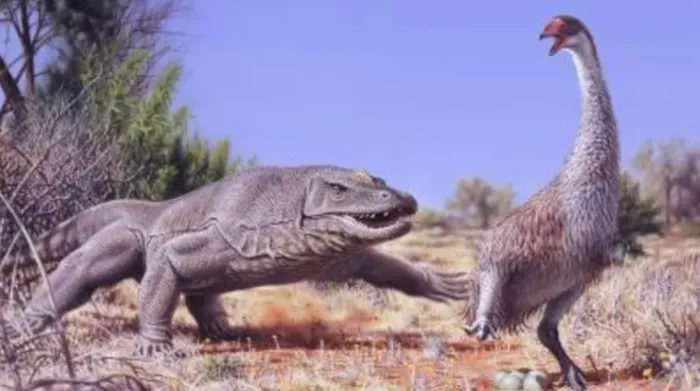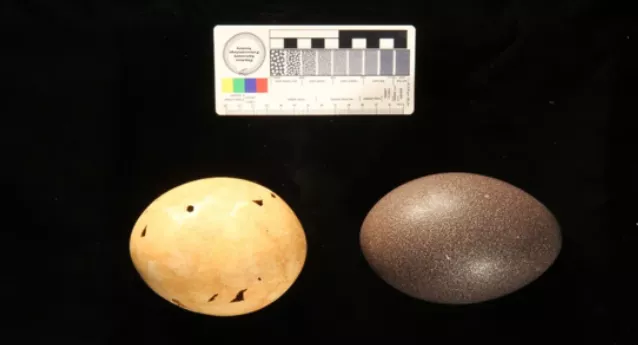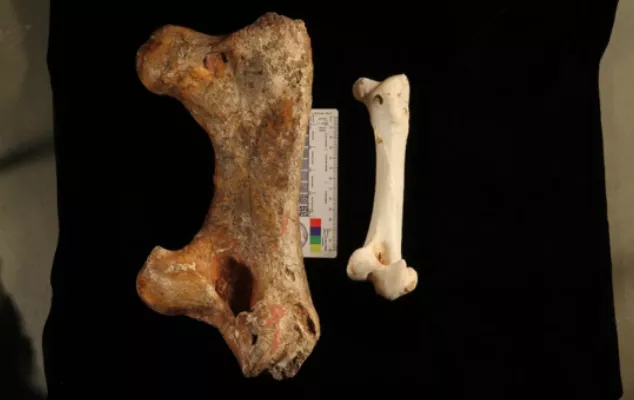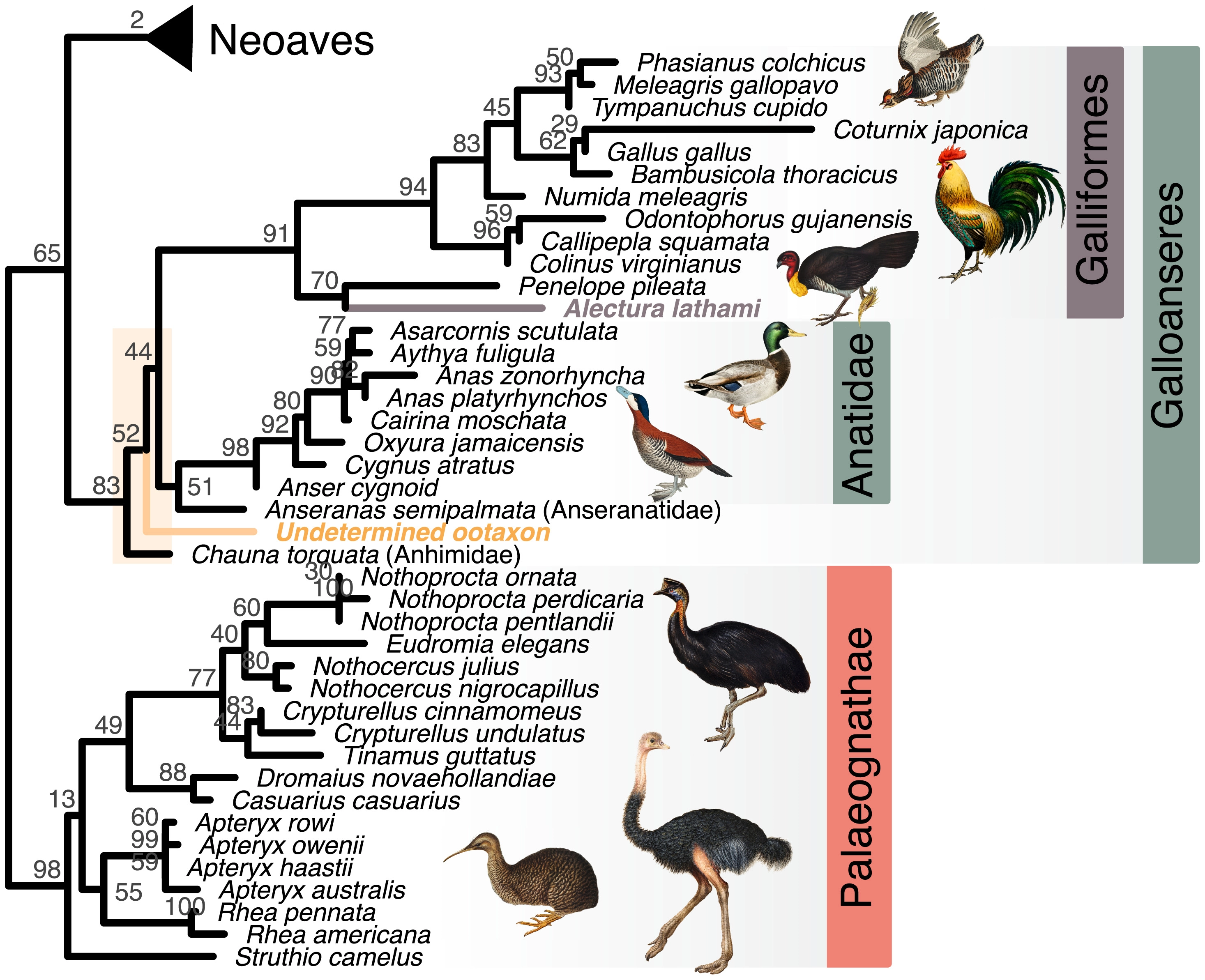According to CNET, the years long research debate on which animal is the legal mother of Australian prehistoric giant eggs has been resolved. According to [PNAs] published on Wednesday( https://www.pnas.org/doi/full/10.1073/pnas.2109326119 ) 》According to a paper in the magazine, they can only belong to a unique duck like giant animal called "doomsday magic duck"**

Four decades ago, scientists found the remains of several giant prehistoric eggs in the sand dunes of southern Australia. Since then, these mysterious eggshells have sparked fierce and continuous debate. What kind of animal do these eggs belong to?
More specifically, the team said that these 50000 year old eggs, 20 times heavier than eggs, belong to the last duck member of the "magic duck" giant animal (also known as dromornithids), named genyornis newtoni. A long time ago, genyornis was a feathered, flightless, probably vegetarian beast, about 6.5 feet tall and weighing 440 pounds (200 kilograms).

"They can only belong to the genyornis family." "Therefore, we have calmed the long and heated debate about the origin of these eggs," Matthew Collins, a professor at the University of Copenhagen and co-author of the study, said in a statement
Until now -- although some researchers around the world insist that these huge eggs must come from genyornis -- other researchers believe that they come from a weak, chicken like, big footed bird called progura, which is part of the classification of giant animals and weighs only 11 to 15 pounds. You might say that compared with genyornis, it is just a "baby". "However, our analysis of the protein sequence of the egg clearly shows that the eggshell cannot come from megapodes and progura birds," Josefin Stiller, a researcher of the study and an assistant professor at the University of Copenhagen, said in a statement.
In other words, accurate DNA analysis is necessary. Basically, the researchers smashed a pile of protein found in the found eggshell with bleach. Then they assembled the fragments in the correct order and used artificial intelligence to detect and compare them with the genetic codes of more than 350 live bird species.
"We used our data from the b10k project, which currently contains the genomes of all major bird strains, to reconstruct which bird group the extinct bird may belong to," Stiller said

From there, the team simply found that these eggs could not be produced by giant birds, so they could not belong to progura. "We are pleased to have conducted an interdisciplinary study in which we used protein sequence analysis to clarify the evolution of animals," Collins said
In addition, the connection between these eggshells and genyornis may even help scientists understand human evolution. Especially since other studies have shown that prehistoric humans could cook and eat genyornis's cantaloupe sized eggs, the team's new details provide "a more detailed understanding of the patterns of interaction between humans and their environment," the study said.

This may include the date of extinction of the species and may even include the role of humans in its demise, as people prey on the bird's eggs as food.
Nevertheless, according to the study authors, at least we now know that "the dispute over the taxonomic identity of the bird eggs used by the first people in Australia 50000 years ago has been resolved".